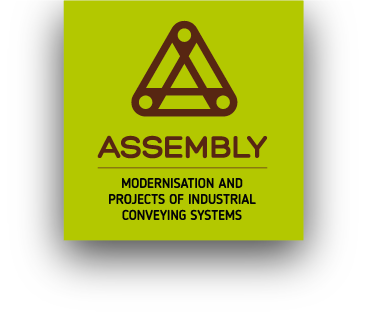What are the existing conveyor systems in the meat industry?
One of the areas that has been developed the most in food industry and especially in the meat industry over the last decade is directly related with improving productive processes, increasing safety and, above all, using efficient conveyor systems and automatised belt conveyor lines. Belt conveyors for cutting, industrial slicing, boning, filleting, thread conveyors for accumulation or big and robust air conveyors.

Why modernise conveyor systems?
All above-mentioned conveyor systems must guarantee total hygiene and maximum resistance for any application. Some other systems, whose bands are highly resistant to hydrolysis, enable manufacturers to save water and energy in aggressive cleaning processes with hot water and steam.
Besides, as a consequence of more and more strict consumers and European Regulations, the technologies of belt conveyors are being re-adapted. No manufacturer can ignore the EC 1935/2004, which regulates objects, machines and materials designed to manipulate food, or the EC 2023/2006 and corresponding updates, as a good practice guide for equipment in contact with food. And we obviously don’t forget PVC belts under FDA regulation, a necessary requirement for their use in any food conveyor.
In few industries do regulation and market needs make as much progress as in food industry, and particularly in meat industry. So as not to fall behind, you must either adapt or replace.

Modernisation of existing systems, adapted to the different regulations, play a fundamental role in these production areas of meat industry. Conveyor belts are changed and improved, for instance, by installing belts that guarantee resistance to unthreading at the edges, thus preventing contamination by fibres. And also thanks to protections that prevent incorrect handling and therefore help keeping products safe (always according to the HACCP system) or that prevent entrance of foreign elements in the production line. In addition, preventive and predictive maintenance prevent production stops at crucial times, which could again result in production contamination.
Both if you consider adapting your equipment, with a moderate investment, to meet the requirements of the regulations, or if you decide to replace it with a new line, in ASSEMBLY we have the best solution for each case.
All in all, an adjustment of conveyor systems to the current state-of-the-art, which can be performed with specific investments, by modernising existing equipment step by step, or by installing new lines and equipment which totally meet the current regulations and requirements.



